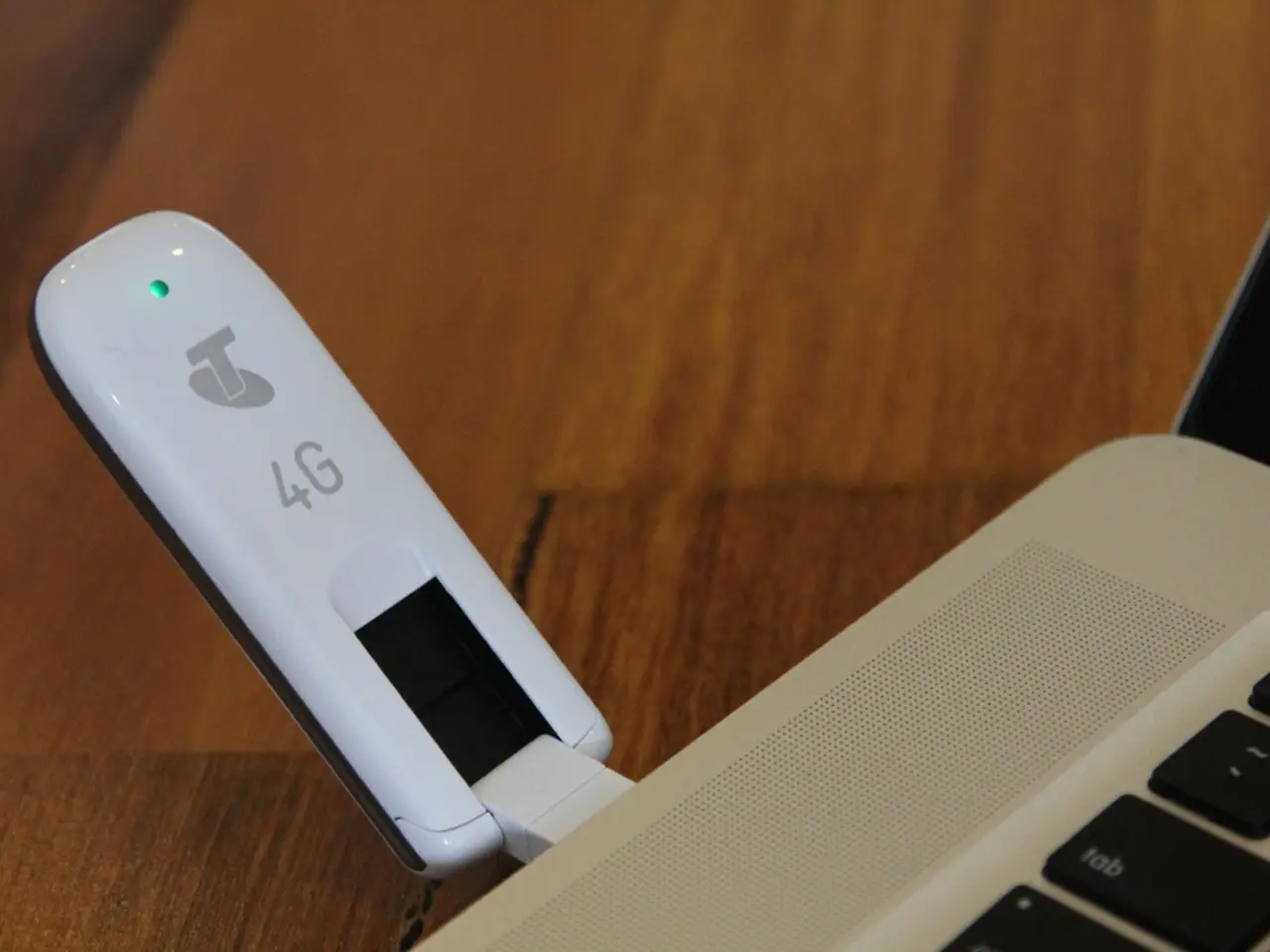Dealing with a Data Breach from Your Supplier: Guidelines for Action
In today's digital age, businesses are increasingly vulnerable to cyberattacks. One of the most common types of cyberattacks is phishing, which involves fake domains that impersonate legitimate organisations to obtain access credentials or introduce malware. Unfortunately, about 56% of companies have experienced a data breach caused by one of their vendors.
To respond effectively to a successful cyberattack on a third-party vendor and minimise data breach impact, businesses should immediately activate a coordinated incident response. This response should include containment, communication, and mitigation strategies, coupled with ongoing vendor risk management and security reinforcement.
Key Steps in Responding to a Third-Party Vendor Data Breach
- Activate an Incident Response Plan: A plan specifically designed to handle third-party breaches should be activated. This plan should define roles and playbooks to minimise damage and speed recovery.
- Contain the Breach: Immediately limit the vendor’s access to systems and data by revoking or restricting credentials, applying least-privilege access controls, and disabling vendor accounts as needed.
- Conduct Comprehensive Risk and Impact Assessments: Promptly identify compromised systems, data exposure, and potential broader network impacts.
- Communicate Transparently: Notify affected stakeholders, regulatory bodies, and customers per contractual and legal requirements.
- Enhance Monitoring and Detection: Around the affected systems, use automated tools such as SIEM and continuous vendor activity monitoring to detect any lateral movement or secondary attacks.
- Review and Enforce Contractual Security Clauses: With the vendor, especially breach notification policies and security performance requirements, to hold them accountable.
- Reassess and Strengthen Vendor Risk Management Programs: Post-incident, conduct rigorous due diligence, ongoing security and compliance assessments, and possibly narrow vendor access with privileged access management solutions.
- Train Employees and Vendors on Cyber Hygiene and Incident Protocols: To reduce human error and improve coordinated response effectiveness.
- Patch Vulnerabilities and Enforce Multi-Factor Authentication (MFA): Across vendor access points to prevent re-exploitation of the same or related vulnerabilities.
- Test and Update Data Backup and Disaster Recovery Plans: To ensure operational continuity in case of extensive damage.
In addition to these steps, businesses should also integrate multifactor authentication methods such as two-factor authentication or phishing-resistant MFA, recognise phishing emails, messages, and phone calls, and train the data forensics team to prevent a data leak.
If a business is being impersonated, contacting the bank immediately to stop all transactions is necessary. Purchasing identity theft insurance for a business is a preventive measure against identity and financial fraud. Staying calm and taking immediate steps to protect the business can help mitigate or prevent damage to the company and its reputation.
Cyberattacks can have widespread effects such as stealing valuable data for ransom or crippling a business's supply chain. During the COVID-19 pandemic, cyberattacks rose by 42% compared to 2021. Contacting a third-party security consultant is necessary to formulate a plan in case of a cyberattack.
In conclusion, an effective response balances immediate tactical breach containment and long-term strategic vendor risk reduction within a zero-trust framework, supported by continuous monitoring and regular security assessments of all third-party relationships. This holistic approach limits data breach impact and safeguards organisational trust and reputation.
Read also:
- Intensified farm machinery emissions posing challenges to China's net-zero targets
- EU Fuel Ban Alerts Mercedes Boss of Potential Crisis
- Nuclear plant revitalized: Artificial intelligence-led demand breathes life into the Great Lakes nuclear facility
- Varieties of Grains: A Look at the Differences Between Corn and Maize




